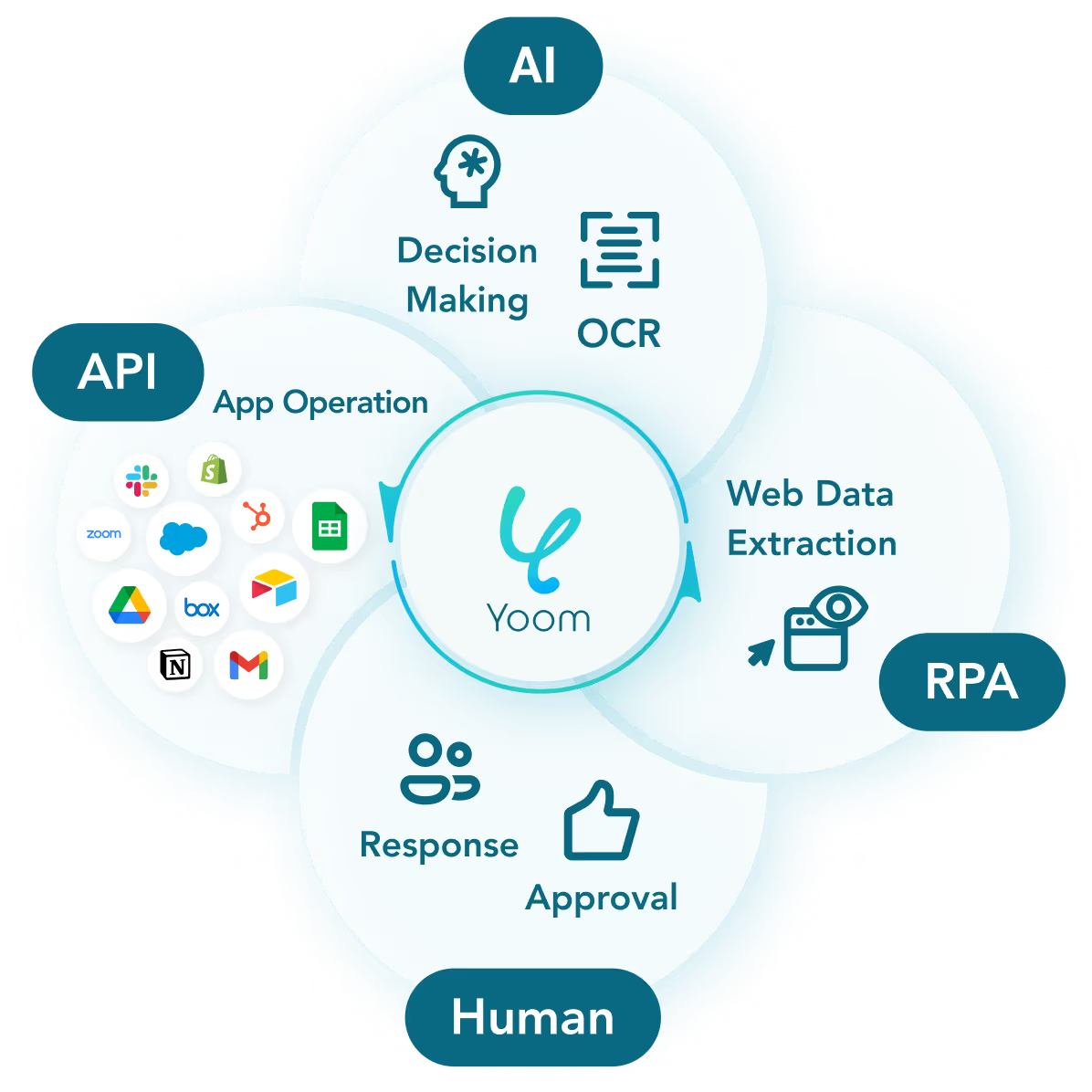
Start free
Functions
Try for free
■Overview
This is a workflow where "when product information is updated in Shopify, it is automatically reflected in WordPress posts."
This allows you to centrally manage information for your online store and blog, effectively disseminating the latest product information. It reduces the need for manual updates and supports efficient operations.
■Recommended for
■Benefits of using this template
When product information is updated in Shopify, it is automatically reflected in WordPress posts, eliminating the hassle of manual updates.
By linking information between Shopify and WordPress, you can always provide the latest and consistent data.
Automation prevents human errors in update tasks and maintains accurate product information.





 When an order is created
When an order is created
 When order information is updated (Webhook)
When order information is updated (Webhook)
 When an order is shipped (Webhook)
When an order is shipped (Webhook)
 When an order is paid (Webhook)
When an order is paid (Webhook)
 When an order is deleted (Webhook)
When an order is deleted (Webhook)
 When Product Information is Created (Webhook)
When Product Information is Created (Webhook)
 When Product Information is Updated (Webhook)
When Product Information is Updated (Webhook)
 When Product Information is Deleted (Webhook)
When Product Information is Deleted (Webhook)
 When Order Information is Created (Webhook)
When Order Information is Created (Webhook)
 When Customer Information is Created (Webhook)
When Customer Information is Created (Webhook)
 When Customer Information is Updated (Webhook)
When Customer Information is Updated (Webhook)
 When Inventory Item Information is Created (Webhook)
When Inventory Item Information is Created (Webhook)
 When Inventory Item Information is Updated (Webhook)
When Inventory Item Information is Updated (Webhook)
 When Inventory Level is Updated (Webhook)
When Inventory Level is Updated (Webhook)
 When Product Information is Created/Updated (Webhook)
When Product Information is Created/Updated (Webhook)
 When a post is published
When a post is published
 When a post is updated
When a post is updated
 When a comment is posted
When a comment is posted
 Search products
Search products
 Get inventory quantities
Get inventory quantities
 Get inventory locations
Get inventory locations
 Update inventory quantity
Update inventory quantity
 Add product
Add product
 Search orders
Search orders
 Get order details
Get order details
 Get a specific product variant
Get a specific product variant
 Get customer details
Get customer details
 Create customer
Create customer
 Update customer information
Update customer information
 Delete customer
Delete customer
 Add custom collection
Add custom collection
 Add/Update metafield value
Add/Update metafield value
 Update product information
Update product information
 Update order information
Update order information
 Search Customers
Search Customers
 Create order
Create order
 When an order is created
When an order is created When order information is updated (Webhook)
When order information is updated (Webhook) When an order is shipped (Webhook)
When an order is shipped (Webhook) When an order is paid (Webhook)
When an order is paid (Webhook) When an order is deleted (Webhook)
When an order is deleted (Webhook) When Product Information is Created (Webhook)
When Product Information is Created (Webhook) When Product Information is Updated (Webhook)
When Product Information is Updated (Webhook) When Product Information is Deleted (Webhook)
When Product Information is Deleted (Webhook) When Order Information is Created (Webhook)
When Order Information is Created (Webhook) When Customer Information is Created (Webhook)
When Customer Information is Created (Webhook) When Customer Information is Updated (Webhook)
When Customer Information is Updated (Webhook) When Inventory Item Information is Created (Webhook)
When Inventory Item Information is Created (Webhook) When Inventory Item Information is Updated (Webhook)
When Inventory Item Information is Updated (Webhook) When Inventory Level is Updated (Webhook)
When Inventory Level is Updated (Webhook) When Product Information is Created/Updated (Webhook)
When Product Information is Created/Updated (Webhook) Search products
Search products Get inventory quantities
Get inventory quantities Get inventory locations
Get inventory locations Update inventory quantity
Update inventory quantity Add product
Add product Search orders
Search orders Get order details
Get order details Get a specific product variant
Get a specific product variant Get customer details
Get customer details Create customer
Create customer Update customer information
Update customer information Delete customer
Delete customer Add custom collection
Add custom collection Add/Update metafield value
Add/Update metafield value Update product information
Update product information Update order information
Update order information Search Customers
Search Customers Create order
Create order Download product image
Download product image Get product
Get product List orders (date range)
List orders (date range) Add product variant
Add product variant Get Fulfillment Orders
Get Fulfillment Orders Create Fulfillment
Create Fulfillment Update Fulfillment
Update Fulfillment Create Order (specify line items as a list)
Create Order (specify line items as a list) Update Product Tags
Update Product Tags Get Customer Metafields
Get Customer Metafields Create Fulfillment (Items)
Create Fulfillment (Items) When a post is published
When a post is published When a post is updated
When a post is updated When a comment is posted
When a comment is posted Get Specific Post
Get Specific Post Search Posts
Search Posts Create New Post
Create New Post Update Post
Update Post Get Media Info
Get Media Info Retrieve Category Information
Retrieve Category Information Retrieve Tag Information
Retrieve Tag Information Upload Media
Upload Media Create User
Create User Update User
Update User Delete User
Delete User Retrieve List of Posts
Retrieve List of Posts List categories
List categories